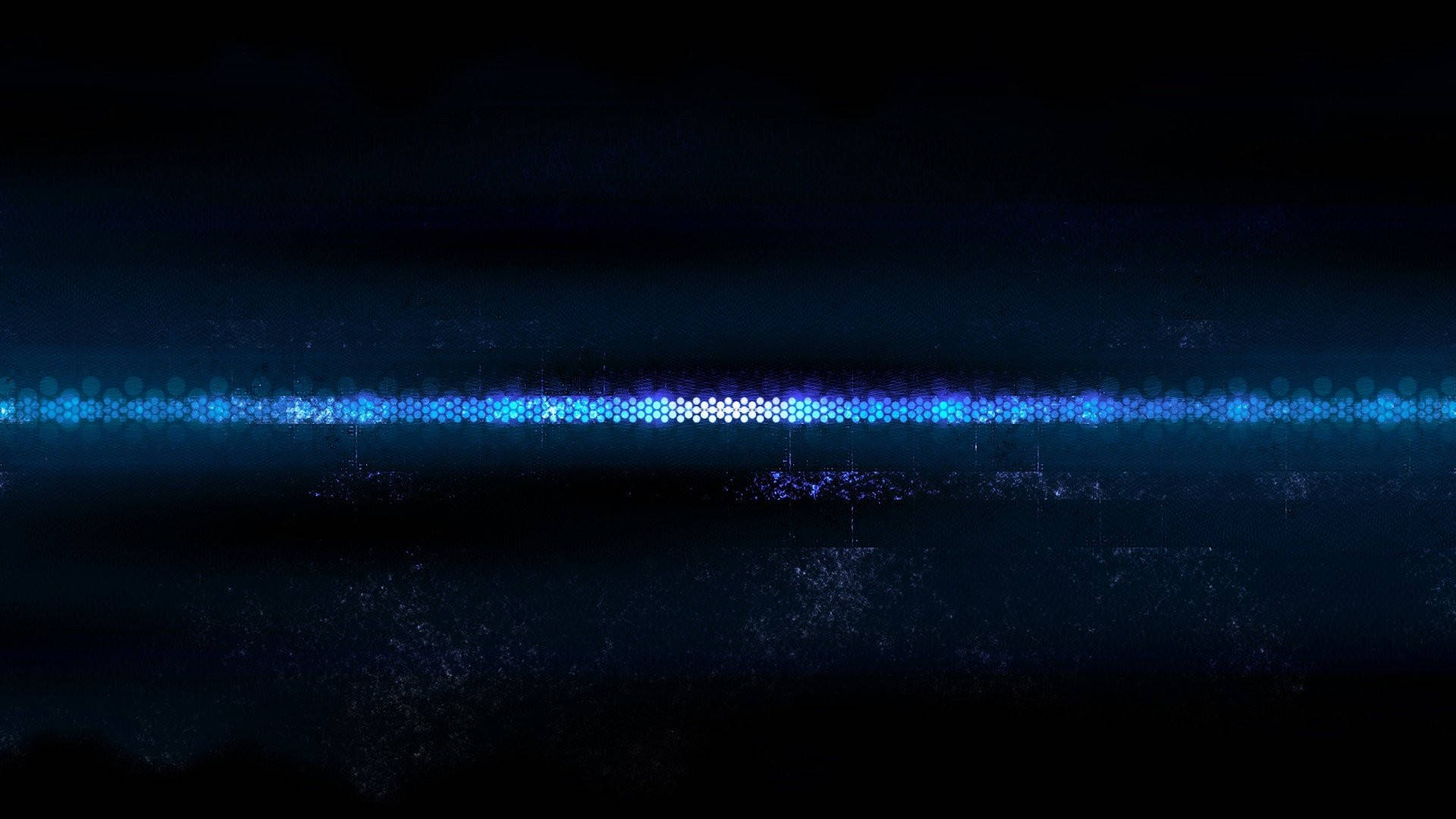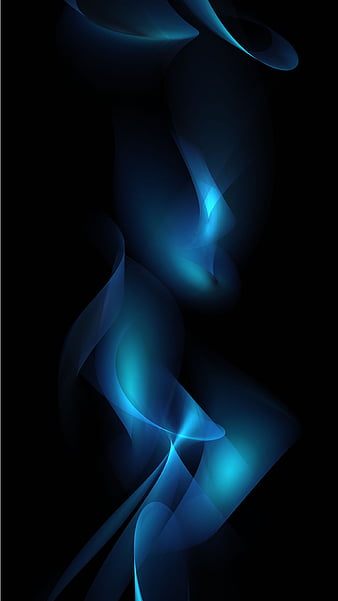Applications and Benefits of HD Blue Technology
HD Blue technology finds applications across numerous industries, each leveraging its unique properties for specific advantages. In the medical field, HD blue displays are essential for accurate diagnostic imaging, where the enhanced contrast helps radiologists identify subtle abnormalities in X-rays, MRIs, and CT scans. The precise color reproduction ensures that tissue variations are clearly visible, potentially improving diagnostic accuracy.
The entertainment industry has embraced HD Blue technology for both content creation and consumption. Film studios use blue-enhanced HD monitors during post-production to ensure accurate color grading, while consumers benefit from more immersive viewing experiences with deeper blues and enhanced overall color gamut. Gaming applications particularly benefit from the improved response times and reduced motion blur that HD Blue displays often provide.
In professional photography and graphic design, HD Blue monitors serve as critical tools for color-critical work. The enhanced blue spectrum reproduction allows for more accurate editing of sky scenes, water imagery, and blue-toned subjects. Many professional photographers report that HD Blue displays help them achieve more consistent results when printing their work, as the on-screen colors more closely match the final printed output.




